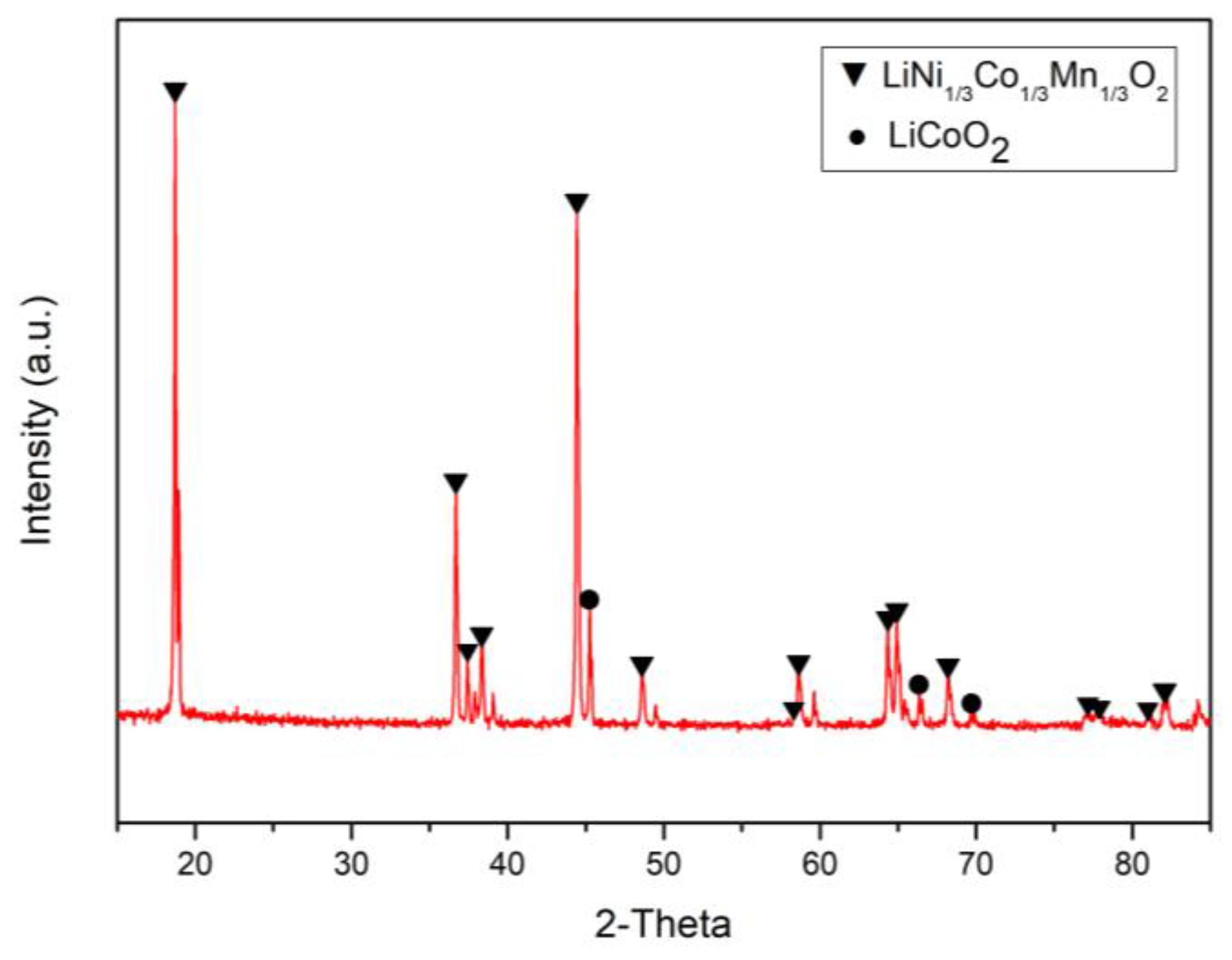
| Physical Chemistry Virtual Lab Physical chemistry (also called physicochemistry) is the explanation of macroscopic, microscopic, atomic, subatomic, and particulate phenomena in chemical systems in terms of physical concepts; sometimes using the principles, practices and concepts of physics like thermodynamics, quantum chemistry, statistical mechanics and dynamics. Spectrophotometry || Cryoscopy || Ebullioscopy || EMF measurement || Determination of Viscosity of Organic Solvents || Adsorption Isotherm || Verification of Tafel Equation || Determination of Viscosity Average Molecular Weight of Polymer || Calorimetry -Water equivalent Calorimetry || Calorimetry -Heat of Neutralization |
| Organic Chemistry Virtual Lab Organic chemistry is a discipline within chemistry which involves the scientific study of the structure, properties, composition, reactions, and preparation (by synthesis or by other means) of chemical compounds that contain carbon. Detection of Functional Groups || Detection of Elements: Lassaigne鈥檚 Test || Separation of Compounds Using Column Chromatography || Purification by Fractional distillation/crystallisation || Purification by Steam distillation/crystallisation || Laser Flash Photometer || Organic Preparations - Allylation of Isatin || Estimation of Aspirin || Estimation Of Glucose || Calculation of 位max of Organic Compounds Using Woodward Fieser Rules |
| Inorganic Chemistry Virtual Lab Inorganic chemistry is the branch of chemistry concerned with the properties and behavior of inorganic compounds. This field covers all chemical compounds except the myriad organic compounds (carbon based compounds, usually containing C-H bonds). Water analysis-Determination of Physical parameters || Water analysis-Determination of Chemical parameters || Acid Base Titration || Gravimetric Estimation of Barium || Gravimetric Estimation of Nickel || Crystal Field Theory || Group Theory || Alloy Analysis (Brass) || Soil Analysis-Determination of Specific conductivity of Soil || Soil Analysis-Determination of pH of Soil |
| Advanced Analytical Chemistry Virtual Lab Analytical chemistry is the branch of chemistry concerned with studying the properties of materials and development of tools used to analyze materials. It is the science of sampling, defining, isolating , concentrating and preserving samples. Soil Analysis-Determination of Available Organic Carbon content in the Soil || Soil Analysis-Determination of Available Nitrogen content in the Soil by Kjeldahl method || Soil Analysis-Determination of Available Phosphorus content in the Soil by Bray's method || Electrogravimetric Estimation of Metals || Estimation of Phosphate Content in Soft Drinks || Flame Photometry || Polarography - Determination of Unknown Concentration of Cadmium || Polarography - Determination of Unknown Concentration of Vitamin C |
Experiment: Gravimetric Determination of Nickel The purpose of this experiment is to determine the% nickel (by weight) in an unknown nickel-containing ore by means of gravimetric methods. INTRODUCTION The separation of nickel from other ions in a sample is a good example of specificity in quantitative analysis.
| Names | |
|---|---|
| IUPAC name | |
Other names
| |
| Identifiers | |
| |
| ChEMBL | |
| ChemSpider |
|
| ECHA InfoCard | 100.002.201 |
| EC Number | |
PubChemCID | |
| RTECS number |
|
| UNII | |
CompTox Dashboard(EPA) | |
| |
| |
| Properties | |
| C4H8N2O2 | |
| Molar mass | 116.120 g·mol−1 |
| Appearance | White/Off White Powder |
| Density | 1.37 g/cm3 |
| Melting point | 240 to 241 °C (464 to 466 °F; 513 to 514 K) |
| Boiling point | decomposes |
| low | |
| Structure | |
| 0 | |
| Hazards | |
| Main hazards | Toxic, Skin/Eye Irritant |
| Safety data sheet | External MSDS |
| GHS pictograms | |
| GHS Signal word | Danger |
| H228, H301 | |
| P210, P240, P241, P264, P270, P280, P301+310, P321, P330, P370+378, P405, P501 | |
| NFPA 704 (fire diamond) | |
| Related compounds | |
| Hydroxylamine salicylaldoxime | |
Except where otherwise noted, data are given for materials in their standard state (at 25 °C [77 °F], 100 kPa). | |
| verify (what is ?) | |
| Infobox references | |
Dimethylglyoxime is a chemical compound described by the formula CH3C(NOH)C(NOH)CH3. Its abbreviation is dmgH2 for neutral form, and dmgH for anionic form, where H stands for hydrogen. This colourless solid is the dioxime derivative of the diketone butane-2,3-dione (also known as diacetyl). DmgH2 is used in the analysis of palladium or nickel. Its coordination complexes are of theoretical interest as models for enzymes and as catalysts. Many related ligands can be prepared from other diketones, e.g. benzil.

Preparation[edit]
Dimethylglyoxime can be prepared from butanone first by reaction with ethyl nitrite to give biacetyl monoxime. The second oxime is installed using sodium hydroxylamine monosulfonate:[1]

Complexes[edit]
Dimethylglyoxime is used to detect and quantify nickel, which forms the bright red complex nickel bis(dimethylglyoximate) (Ni(dmgH)2). The reaction was discovered by L. A. Chugaev in 1905.[2]
Reaction Of Nickel With Dmg Download
Cobalt complexes have also received much attention. In chloro(pyridine)cobaloxime[3] the macrocycle [dmgH]22− mimics the macrocyclic ligand found in vitamin B12.
Reaction Of Nickel With Dmg 3
References[edit]
- ^Semon, W. L.; Damerell, V. R. (1930). 'Dimethylglyoxime'. Organic Syntheses. 10: 22. doi:10.15227/orgsyn.010.0022.CS1 maint: multiple names: authors list (link)
- ^Lev Tschugaeff (1905). 'Über ein neues, empfindliches Reagens auf Nickel'. Berichte der Deutschen Chemischen Gesellschaft. 38 (3): 2520–2522. doi:10.1002/cber.19050380317.
- ^Girolami, G.. S.; Rauchfuss, T.B.; Angelici, R. J. (1999). Synthesis and Technique in Inorganic Chemistry: A Laboratory Manual (3rd ed.). pp. 213–215.